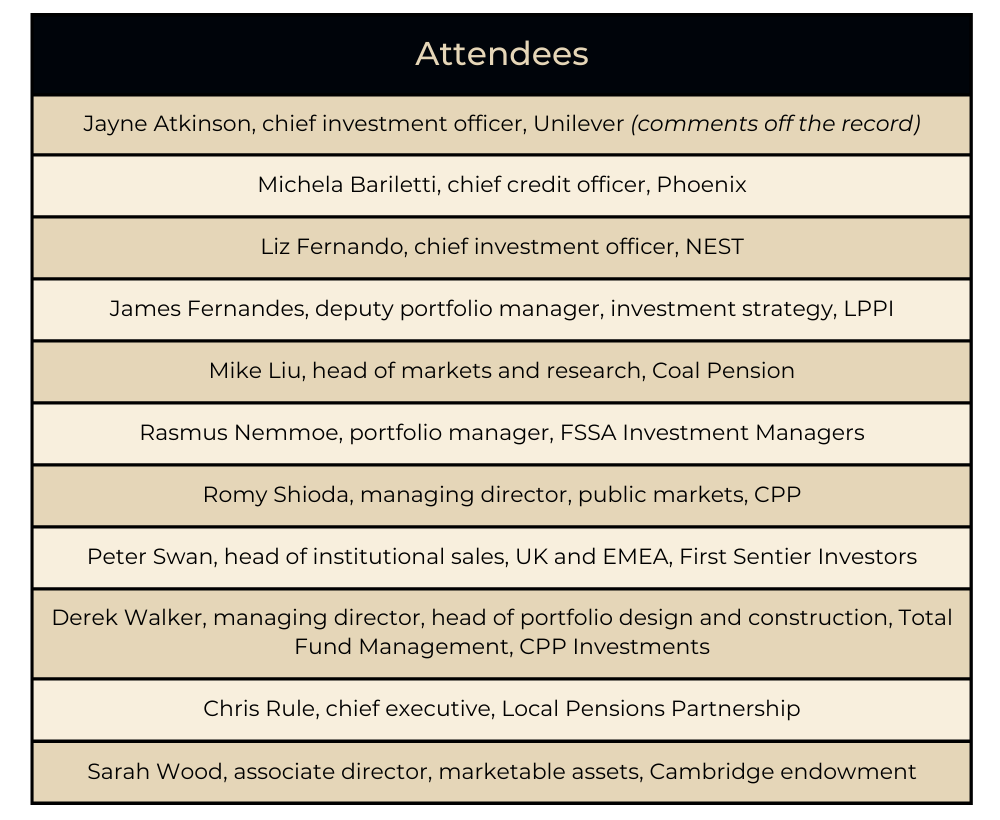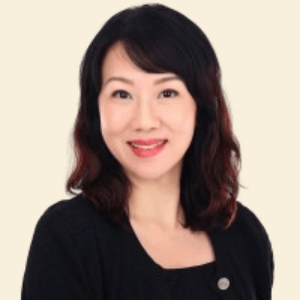The climate challenge represents a new opportunity for asset owners and managers to work together to find solutions and, according to Sonja Laud, chief investment officer of Legal & General Investment Management (LGIM), comes down to an optimisation: an understanding of how you get closest to responsible investment and the individual value articulation alongside financial risk and return profiles.
“We have come a long way,” she says. “Only now the idea of optimisation has come forward because we have a better understanding of what is achievable and how the market reacts. The level of sophistication now is really encouraging.”
When investors first began this journey, value statements were articulated through exclusions but, Laud says, now there is a realisation that is only handing the problem to someone else.
“Investors are looking at the impact in the real world,” she says, adding that in a few years there will be further evolution in the way those value statements are expressed.
“We are seeing high profile investors be far more nuanced across public and private, and more investors willing to say we need to deal with the dirty stuff and more actively engage with those companies. This is a massive leap forward because that’s the missing part of the jigsaw.”
The recent CFA Institute paper Net zero in the balance: A guide to transformative industry thinking, to which the LGIM CIO contributed, advocates that a new framework that includes systems thinking is necessary to branch out from the narrow measurement and management of risk predicated on modern portfolio theory.
In a nod to systems thinking Laud recognises all stakeholders need to be on the net zero journey to have impact, pointing towards engagement with companies that lack knowledge or find it difficult.
“It can be a really powerful message if you are successful engaging with them, they will have a halo effect and you can demonstrate it works,” she says. “If you can articulate a benefit statement to companies – a clear engagement goal, clear path towards it, and it will enhance your financials – there will be mutual understanding so companies and investors push in the same direction. This can be very open, constructive, clear and successful.”
In an example of partnerships in action, last May LGIM partnered with Swedish asset owner, AP7, which was looking for a way to address climate laggards via engagement.
The result was an actively managed climate laggards fund, that has also now been offered on LGIM’s defined contribution platform.
“We are also seeing other large pension funds shifting their investment approach to 3D investing. They are fully aware there might be trade-offs and are very clear and articulate about that,” she says. “They know there is a learning, it might not be perfect out of the blocks but it is forward-looking thinking about how to optimise both sides – positive externalities in the real world and financial outcomes.”
LGIM, as a $1.42 trillion manager, has made a commitment to be net zero by 2050 across all assets under management and has a 70 per cent target by 2030.
The honesty jigsaw
While recognising the industry has come a long way, there is still room for improvement. Laud points to the need for a more honest debate about what it can achieve in the real economy with net zero commitments.
In the wake of COP27, Laud says there is “rightful unhappiness” from the global south in the response by the global north in relation to the carbon intensity of their economic journey.
“Let’s acknowledge that and say we’re not on the same level, there are different standards because of the growth profile and the carbon intensity of that,” Laud told Top1000funds.com in an interview in the manager’s London office.
“In India, for example, energy poverty is a real theme. This is a global problem and we need a just global solution. Until then, we need to be realistic on what we can achieve. What we do in this industry is only one piece of the puzzle and we need a more honest debate about what we can achieve in that context.”
Not only does Laud think more realism is required, she says there is a certain “arrogance to be aware of” and an “ignorance to our understanding of the transition”.
“There is a lot we can do and not hold back to evolve, consider and have honest conversations,” she says. “We need to use the way we invest in order to foster change and allow companies to make sure they are on the right path.”
She emphasises that investing in emerging markets requires a realisation that a responsible investment proposition will look very different to developed markets.
“That understanding is lacking a bit,” she says. “You can’t approach emerging markets companies as if they are on the same path as developed [markets]. That created pushback. Sitting on your moral high horse and telling companies what to do doesn’t work. It will not solve the overall issue of a just transition if investors do more in emerging markets.”
Systems thinking: Understanding your role
A more holistic view embracing systems thinking would imply a shift in policy making as well, Laud says, again referencing the CFA Institute paper.
“We cannot assume financial services will be able to solve climate change,” she says. “There is a big role for policy makers and governments to set the framework right, a stable framework. Private capital will only come if the framework is stable and the assumptions and calculations around investments are stable.”
For governments, she says, there is a very delicate balance to achieving the right incentive systems for change.
“Let’s be very realistic, harmonising our thinking around the necessary transition will require a level of global collaboration we have never seen before,” she says. “Considering the global political context right now do we really think this is realistic? There has to be a dose of realism. We can’t afford to stop but this is another piece of the honesty jigsaw. The likeliness of meaningful progress is not very high right now.”
Laud advocates asset owners establish their own value statement and contribution in the context of that awareness.
“You will contribute in the way you can but be fully aware this might not be enough to shift the journey in the global transition,” she says. “Let’s not claim the asset management industry can save the world. It’s not our purpose statement either.”
In this context she says systems thinking is important in understanding the role of individual actors.
“We can do a lot because the capital allocation decision has a big role to play. But the fundamental purpose of the industry is to provide solutions for clients to meet their financial needs, fullstop.”
This story is part of a series unpacking the CFA Institute’s paper Net zero in the balance: A guide to transformative industry thinking.
For more in the series visit Decisions to enable net zero investing.






